X-rays were discovered in 1895 by Conrad Roentgen, who received the first Nobel Prize for physics in 1901. X-rays are a naturally-occurring form of ionizing, high-energy radiation that can be used in medical diagnosis as well as for radiation treatment of cancers such as prostate and breast. X-rays can damage the cells of the body and potentially cause mutations in DNA and even cancer.
Madam Curie, who won the Nobel Prize in Chemistry in 1935, was an early pioneer in the field of radiation and she helped stimulate safety-related advances in radiology and radiation exposure. Common safety practices today include limiting the length of time exposed to ionizing radiation, using shielding materials in walls and equipment, and using lead aprons such as those typically found in dental offices. Pregnant or potentially-pregnant women should avoid x-ray examinations whenever possible.
There is natural environmental exposure to radiation that amounts to 0.003 rems (the basic unit of radiation exposure) per year. The maximum permissible yearly radiation exposure in minors and adults is 5 rems. An exposure of approximately 50 rems is required before harmful changes can be identified, though children may be affected to a greater degree than adults. Women are at a somewhat higher lifetime risk than men
Let’s look at how much various x-ray exams contribute to your yearly dose of radiation exposure:
The National Academy of Science concludes that low doses of radiation from medical and dental x-rays, natural and other manmade exposures pose some risk of cancer but the risk is small. Technicians and radiologists wear badges to measure radiation exposure. Patients may wish to keep a medical x-ray history, with the names and dates of radiology procedures and where they were performed.
Some other imaging techniques involve no radiation exposure. Ultrasound uses high-frequency sound waves and is safe for pregnant women. Magnetic resonance imaging (MRI) scans use powerful magnetic fields and advanced computer analysis, not x-rays.
The benefits of x-rays include:
No remaining radiation after x-ray examinations.
No side effects within the diagnostic range.
Easily available equipment for use by patients and physicians.
Fast results helpful in emergency diagnosis and treatment.
Experts agree that the health benefits of using x-rays for medical diagnosis far outweigh any harmful effects.
